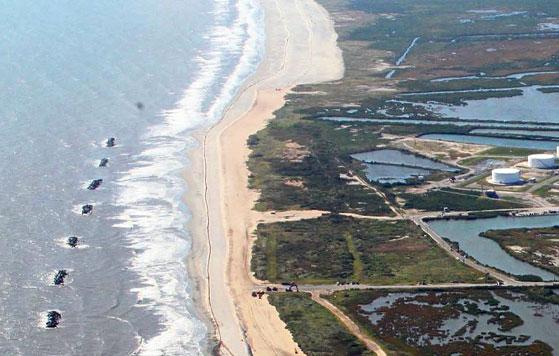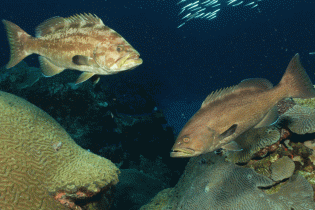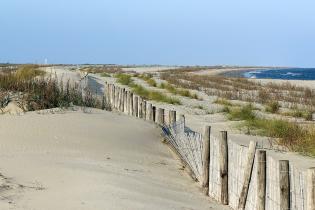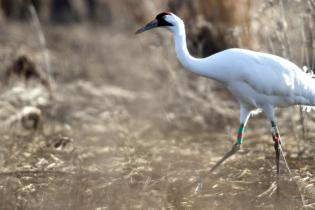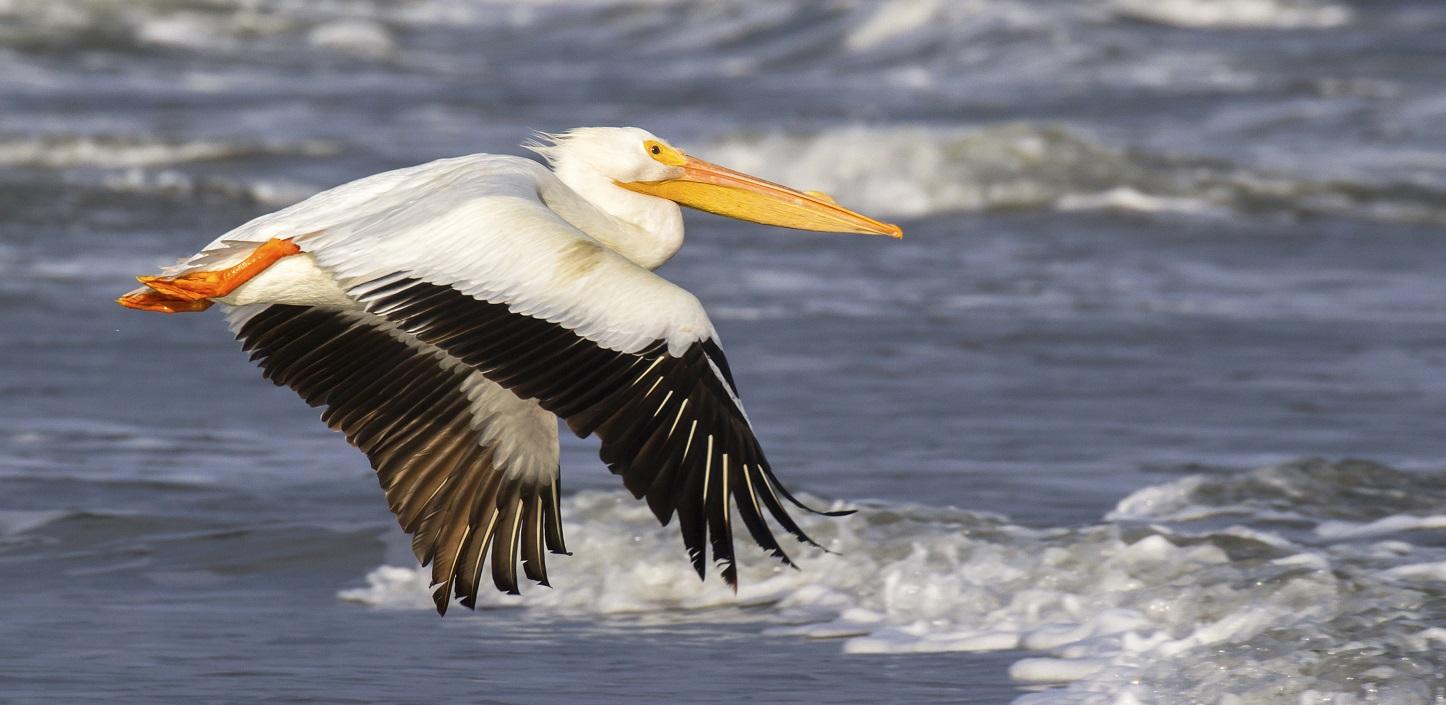
LOUISIANA
GEBF in Louisiana
Current Projects
To date, the number of awards from the Gulf Environmental Benefit Fund (GEBF) in the state of Louisiana stands at 14, with a total current value of over $610 million. These projects leverage or complement other conservation investments worth nearly $165 million, creating a total impact of nearly $775 million for the Louisiana coast. These projects were selected for funding following extensive consultation with the Louisiana Coastal Protection and Restoration Authority (CPRA), the U.S. Fish & Wildlife Service (FWS), and the National Oceanic and Atmospheric Administration (NOAA).
The projects in Louisiana reflect the fundamental components of the state's comprehensive Coastal Master Plan and focus on actions to restore barrier islands and implement river diversions, in accordance with the terms of the BP and Transocean plea agreements. These investments in planning, engineering, and design and construction are critical to the implementation of the Coastal Master Plan and to the long-term sustainability of one of the most productive, unique and imperiled coastal and estuarine ecosystems in the world.
To learn more about the projects the GEBF has funded in Louisiana, view the comprehensive list of projects.
Project Highlights
Caminada Beach and Dune Restoration
The Coastal Protection and Restoration Authority has received more than $145 million from the GEBF to restore more than 7.5 miles and more than 450 acres of critical beach and dune habitat on the Caminada Headland of Louisiana. Combined with an earlier phase funded by Louisiana, restoration of this 13-mile headland utilized sand from 22 miles offshore and will slow the significant shoreline erosion and land loss which currently averages 35 feet a year and threatens vital fish and wildlife habitat, as well as critical economic assets at Port Fourchon.
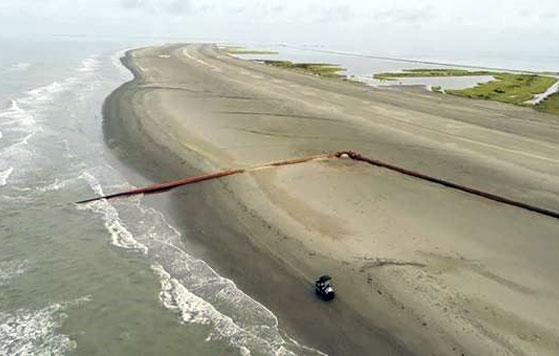
Terrebonne Basin Barrier Island and Beach Nourishment Construction
Representing the largest single project ever funded by NFWF and the largest construction project ever undertaken by CPRA, the GEBF invested more than $160 million to restore three critical barrier islands/headland within the Terrebonne Basin barrier shoreline system: West Belle Headland, Timbalier Island, and Trinity Island. This trio represent the final pieces of an overall barrier island restoration effort that has transformed and bolstered Louisiana’s fragile first line of defense against the open waters of the Gulf. For its part, the Terrebonne Basin Barrier Island project will shore up more than 7 miles and 1,130 acres of critical barrier island beach habitat through the placement of more than 8 million cubic yards of sand mined from offshore Louisiana.
GEBF Louisiana Species
The conservation and restoration projects the GEBF supported along the Louisiana Coast have been critical to helping protect important fish and wildlife including blue crabs, red drum, brown pelicans and green-winged teal. Explore the image gallery below to learn about the species that were supported through these projects and the habitats where they reside.
About the GEBF in Louisiana
In Louisiana, the plea agreements required that the funds be allocated solely to barrier island restoration projects and river diversion projects along the Mississippi and Atchafalaya Rivers. NFWF must give appropriate consideration to Louisiana's Coastal Master Plan and the Louisiana Coastal Area Mississippi River Hydrodynamic and Delta Management Study. Under the allocation formula and other provisions contained in the plea agreements, the GEBF has received $1.272 billion for project expenditures in the state of Louisiana.
To learn more about Louisiana's process for identifying priority Gulf Coast restoration projects, visit: http://coastal.la.gov
